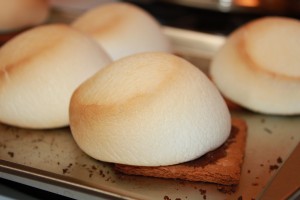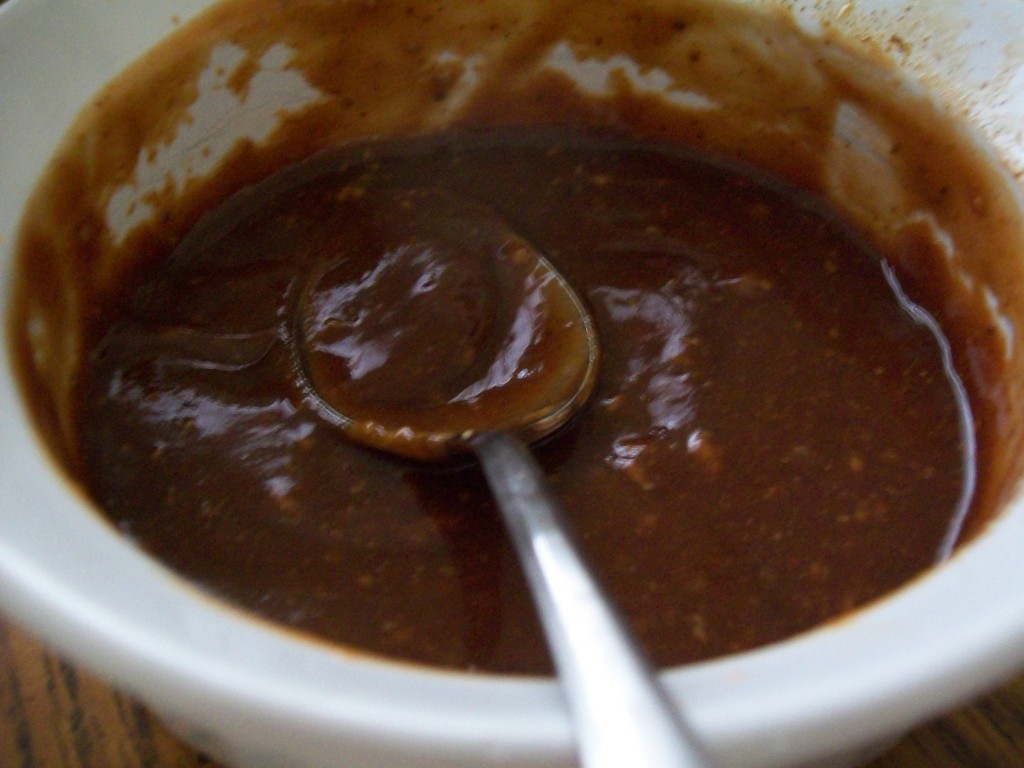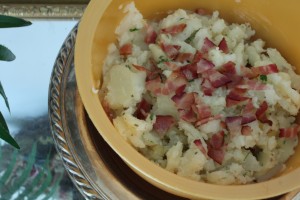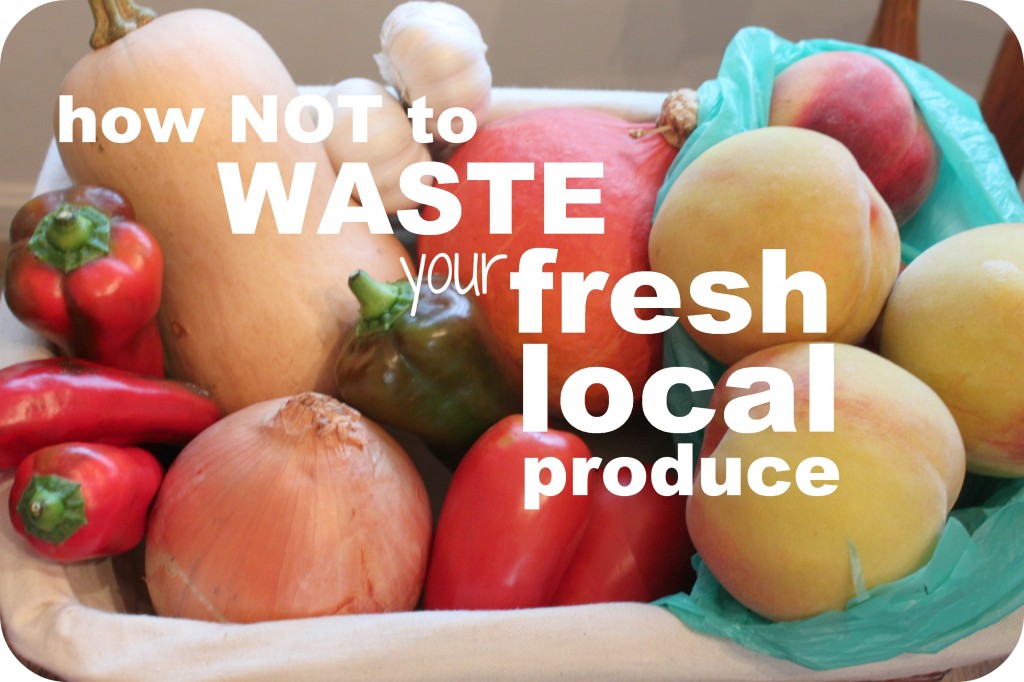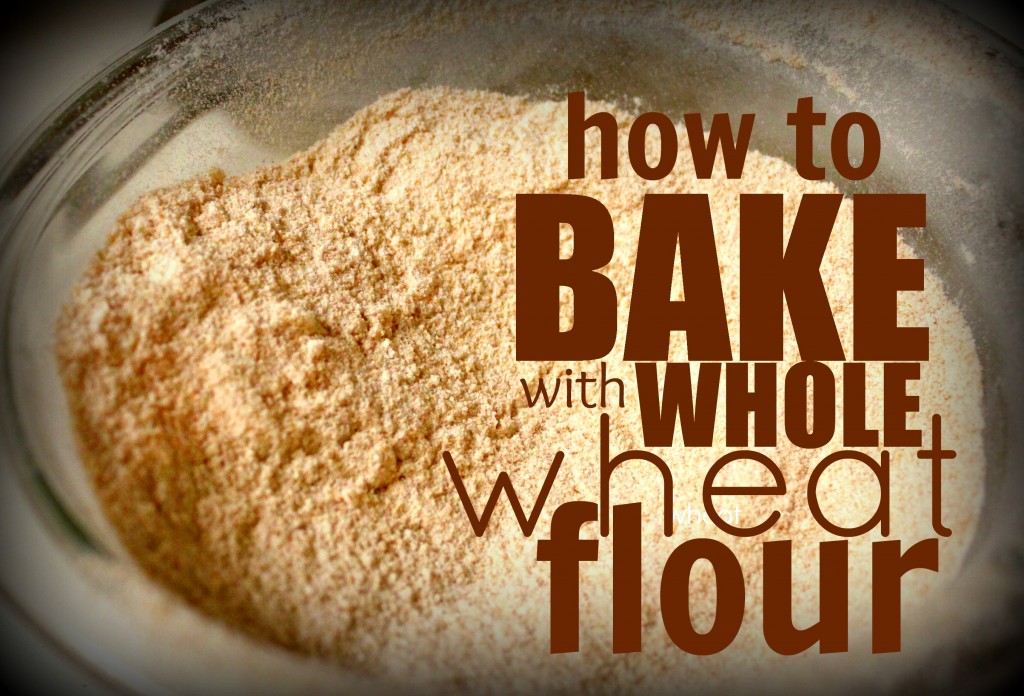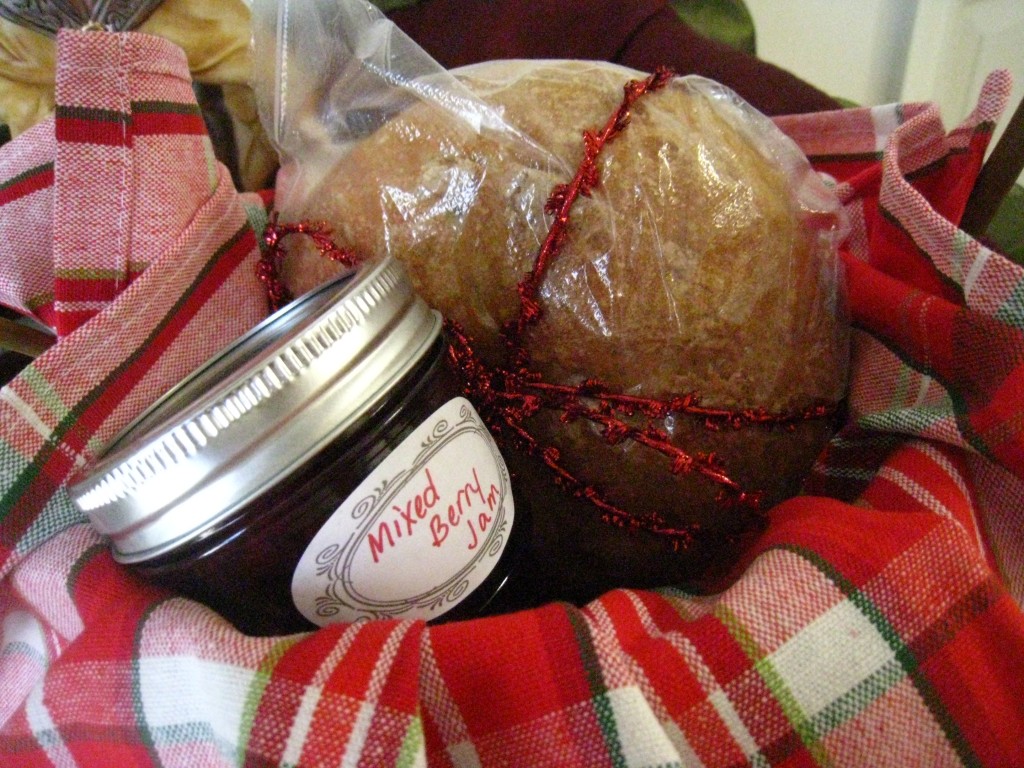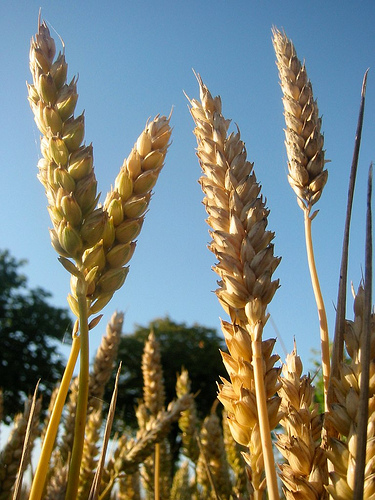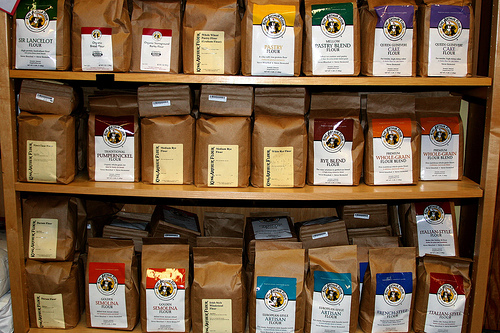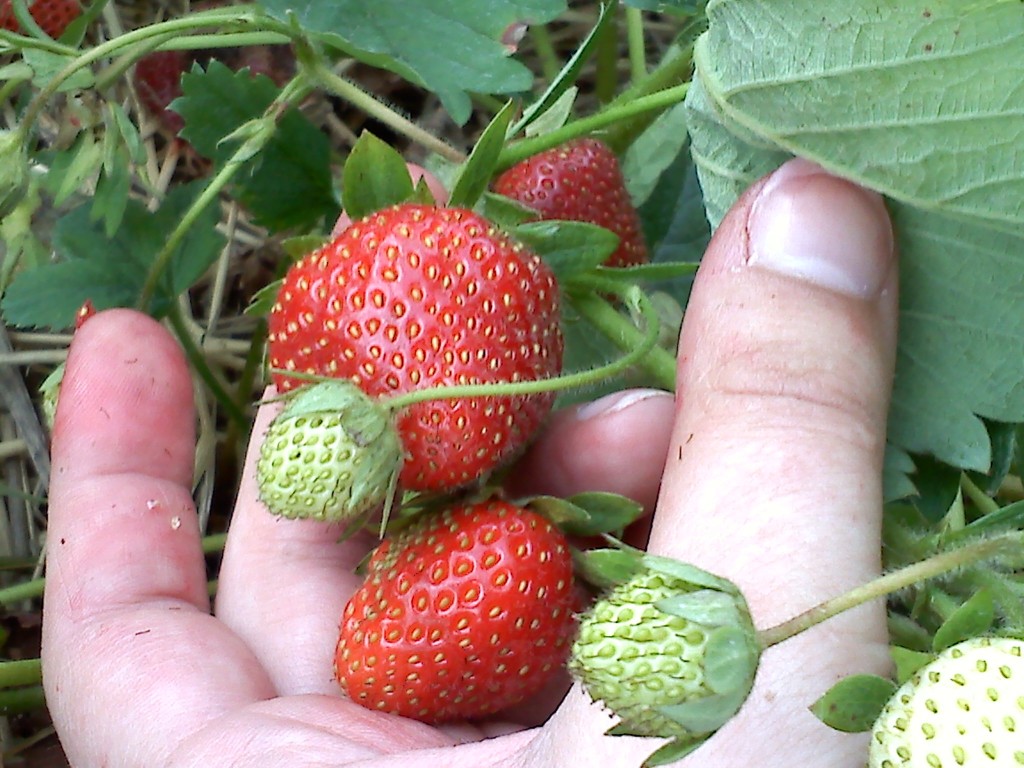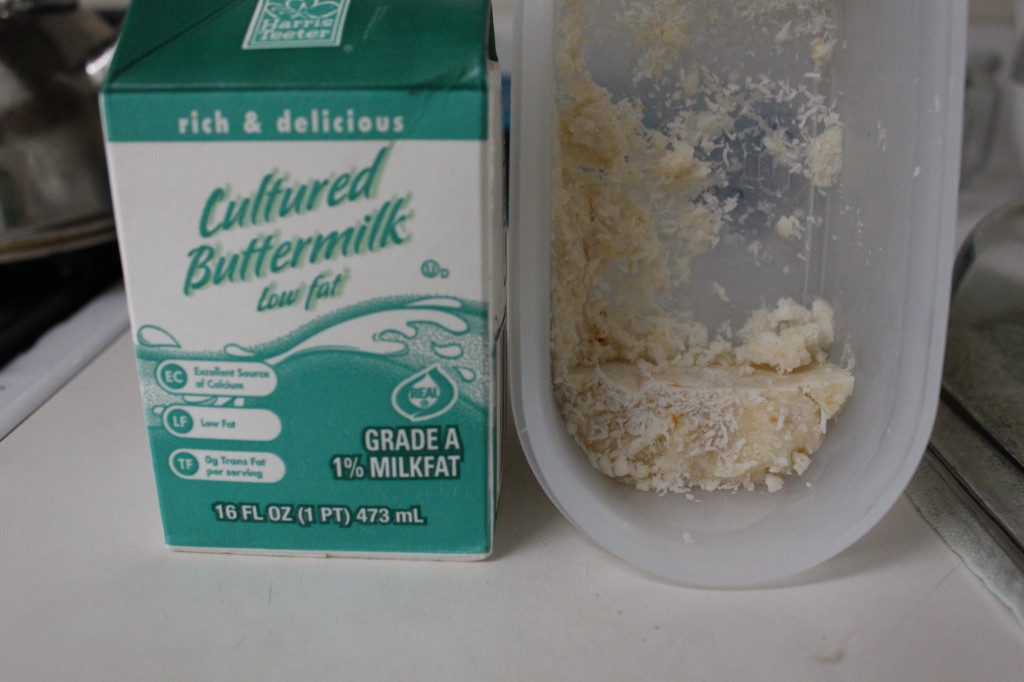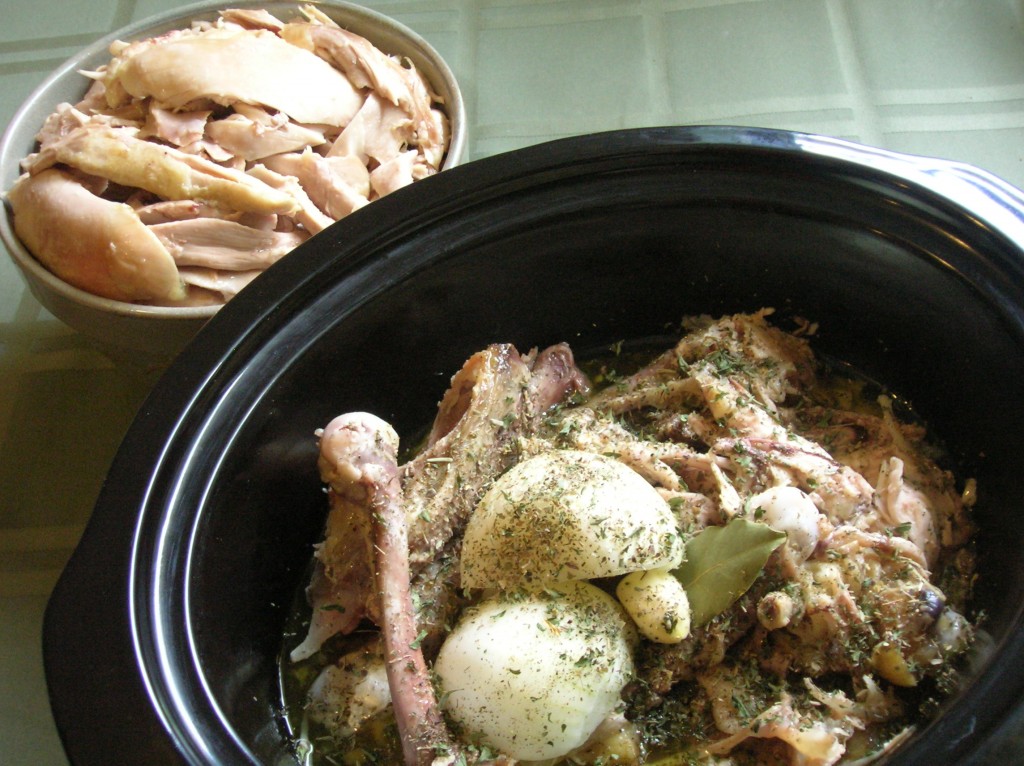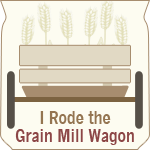Next week is the Fourth of July, can you believe it? I can’t. I just realized I really need to plan a special July 4th menu, but then I realized that would involve knowing what we are doing for Fourth of July. Huh. Better get crackin’ on that.
Here’s a recipe that might help with your Fourth of July plans (if you have them): the best barbecue sauce recipe! It’s my favorite recipe, the one I make all the time. I love it because it’s from my favorite vintage cookbook, and I love it because it’s flexible and easily adaptable to the ingredients I have on hand and my whims at the moment.
You’ll find my favorite bbq sauce recipe over at Homemaker’s Challenge.
And if you’re looking for more July 4th inspiration, well, here ya go:

Red White and Blue Fruit Salad
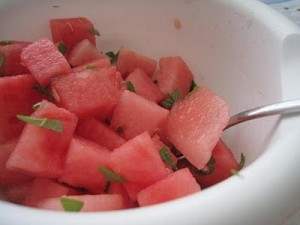
Simple Sweet Watermelon Salad (With mint! Yum!)
